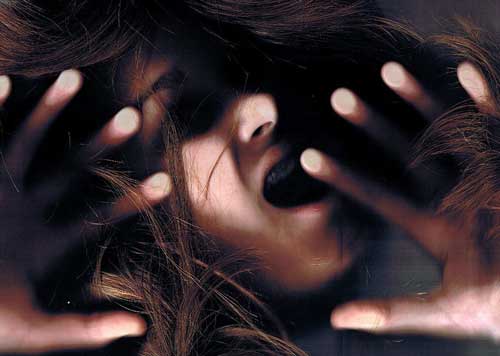Circadian rhythms are the body’s natural biological clock. As we have all noticed, there are certain times of day and night when we feel naturally sleepy, and certain other times when we are wide awake.
Usually, the circadian rhythm is a cycle that is more or less 24 hours in length and most of the physiological, biochemical, and behavioral processes of the body ebb and flow in tides during this cycle. In human beings, as in other animals and living creatures, this cycle regulates the daily waking and sleeping patterns.
Circadian rhythms are biological temporal rhythms, and though they are a part of who you are, they can be altered and “trained” by external stimuli and processes. What is unexpected is that these patterns or cycles continue even when there is no direct external stimulus for them.
For example, even if you are in places far north, where day and night (sunrise and sunset rather) may be a matter of weeks and months, you would still feel sleepy and awake in more or less 24 hour cycles. This is what confirms the theory that the circadian rhythm is endogenous, or built-in. It can become less and less well regulated over months and years of lack of stimuli, and it can be trained with small changes in your habits… but it is intrinsic.
This biological clock cycle can be measured by two major phase markers. One is the secretion of the chemical melatonin by our pineal glands; the second is the core body temperature. The body temperature, for example, varies with time of day, and an adult’s core body temperature is usually lowest at about 5 a.m. Melatonin on the other hand disappears or becomes undetectably low in the day, during wake-time, and begins to be detectable from about 9 p.m.
As you read before, the human circadian rhythm can be reset or adjusted through various outside inputs. One of them, quite logically, is light. External light, when supplied in the right way, and from the right direction, can advance or delay this natural cycle. Of course, the lighting levels required for such an effect would have to be much higher than the lighting in your home, otherwise having the light bulb on would make you an insomniac.
Most people can be placed somewhere on a spectrum of circadian rhythms, from the larks, at one end, to the owls at the other. Larks are morning people who prefer to go to bed early, and wake up, all chirpy and bright eyed, with the sun. Owls, on the other hand, are the evening or night people. These are the people who prefer to stay up late, go to bed much after midnight, and sleep in, in the mornings.
Regardless of whether you are a lark or an owl, if you have a normal circadian cycle, you can change or slightly adjust your sleep and wake times for the purpose of functioning in society. Owls can program themselves, over time, to wake early and sleep early in order to go to work on time, for example. And larks can do the reverse, for night school, or a second job. It only takes a few days of adjustment, before the new cycle becomes comfortable, and gives you enough sleep.
This very ability to advance your circadian rhythms is one of the hallmarks of a normal cycle. People with an abnormal rhythm would be unable to adjust their timings in this way. They would sleep at odd times during the day or night, which would make it difficult for them to function properly and effectively in society. In short then, these cycles are important in your life, and knowing about them, or learning to control and train them can be an important step towards better health and a better life overall.









New! Comments
Share your tips and feedback. Leave me a comment in the box below.